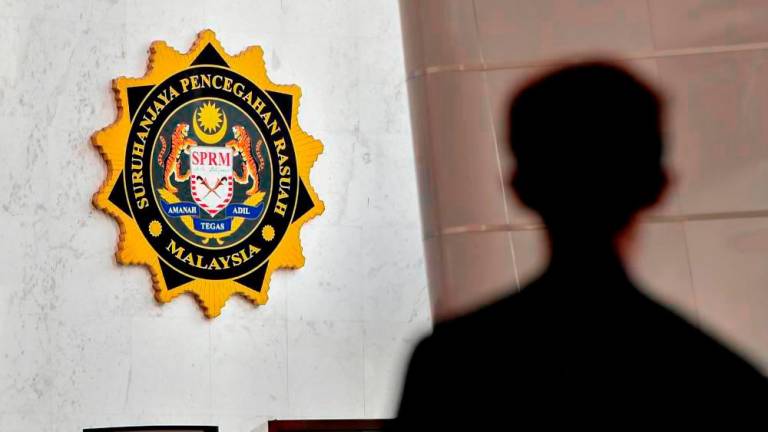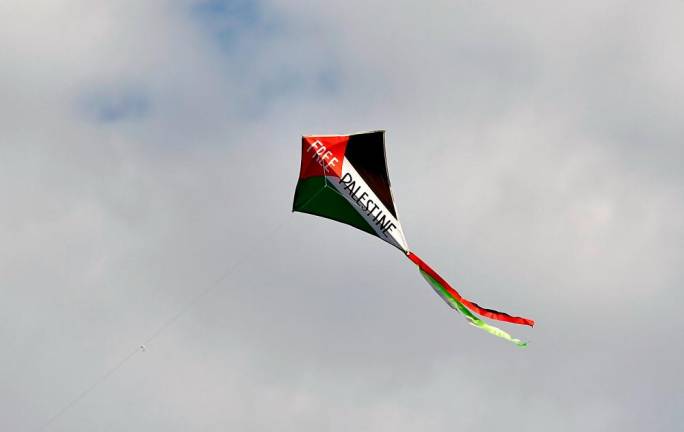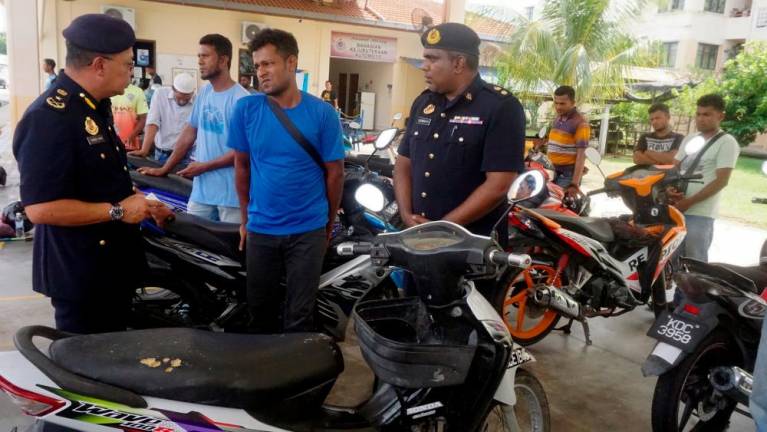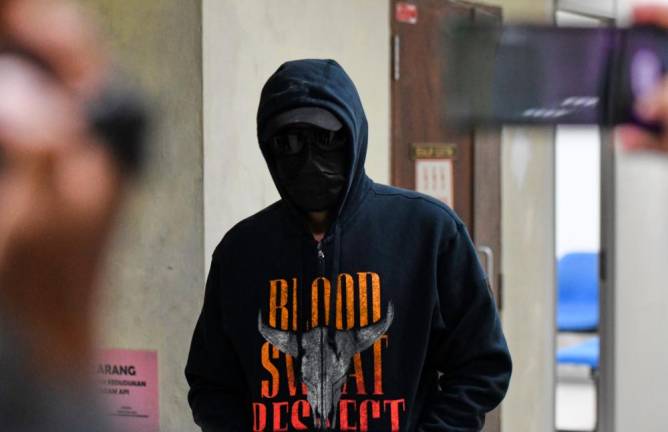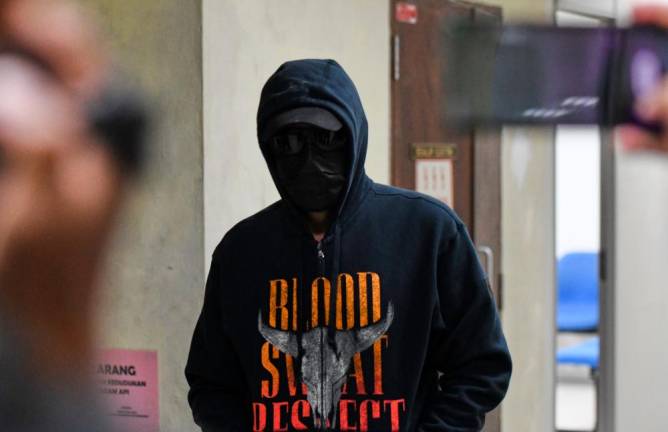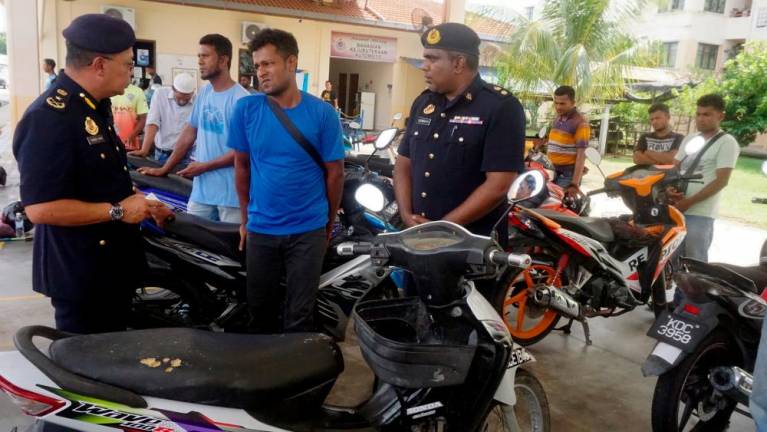HOW many deaths must it take before measures are taken to prevent excessive consumption of liquor? One Penang state executive councillor has noted the result of drink driving in Malaysia: 1,000 road accidents with 618 fatalities over a six-year period.
A motorcyclist waiting at the red lights in George Town was killed last month when some drunk slammed into him. You could be next to get hit, while sitting in an idling vehicle or standing at the roadside.
Are we speeding to overtake Bangkok where drink driving killed 174 people in three days last April, or Laos where a quarter of all traffic violations involve drink driving? One in 20 deaths worldwide has been found to be alcohol-related through fatal accidents, deadly fights, criminal acts, domestic abuse, high blood pressure, stroke, liver cirrhosis and cancer.
There is another danger: police frequently receive reports of sexual predators using liquor as a tool. Two Singaporean youths lured a teenage girl into drinking beer after beer to intoxicate her. One of the youths pleaded guilty early this month to raping the girl while she was semi-conscious. A prestigious American university found that 47% of women who attended liquor-flowing club events experienced sexual harassment.
As far back as 2,500 years ago, the Buddha warned of disaster inflicted by intoxicating liquor. The Buddha’s teachings span two civilisations – Indian and Chinese – with a capacity to influence one-quarter of Malaysia’s population. The Buddha laid it out sternly:
“You shall not act wrongly touching bodily desires. You shall speak no lie. You shall drink no maddening drink” (Cakkavatti-Sihanada Sutta). “There are six dangers through being addicted to intoxicating liquors: actual loss of wealth, increase of quarrels, susceptibility to disease, loss of good character, indecent exposure, impaired intelligence” (Sigalavoda Suttanta).
“Through intoxication the stupid commit sins and make other people intoxicated; let him avoid this seat of sin, this madness, this folly, delightful to the stupid” (Sutta-Nipata). “Pursuing five things one is surely cast into hell as the reward. One destroys life, takes what is not given, lusts after evil, lies, and lives in the idleness of liquor and strong drink indulgence” (Anguttara-Nikaya).
Last year, The Lancet medical journal published findings of the Global Burden of Disease Study 2016 on drinking in 195 nations, summarising that “the risk of all-cause mortality, and of cancers specifically, rise with increasing levels of consumption”.
There is no healthy alcohol level for anybody, the study concludes. Wine drinking takes a hit too, as its protective effects on the heart are found to be offset by risks. The study conveys distressing news to senior-age drinkers as they face a higher risk of cancer.
Nevertheless, alcohol has important medical uses in hospitals. And as a mood-altering substance it plays a spirited role at social dinners. The problem is that Malaysia is lax with the flow: you can buy intoxicating liquors from supermarts or sundry shops down the street. In Australia you have to get your beer, wine or spirits from licensed standalone bottle stores. This control makes it easy to bar under-21s from entering and to enforce a 9pm closing time.
Malaysian law should compel all food and drink outlets that serve intoxicating liquors to restrict consumption volume so that every customer’s blood alcohol content stays within the legal limit. This can be achieved by specifying that intoxicating liquors can only be served as part of a meal, and requiring these outlets to be equipped with breathalyser test kits.
In America’s Bible Belt counties, a move towards non-intoxicating liquors has started in obeisance to Prophet Isaiah’s reprimand in the Old Testament: “Doom to those who get up early and start drinking booze before breakfast, who stay up all hours of the night drinking themselves into a stupor”.
These healthier and safer non-intoxicating liquors contain a low 0.05% to 0.5% alcohol content, whereas traditional liquors are in a usual range of 5% to 40%. The government must calculate sales revenue from intoxicating liquors, factor in the cost of sales that negate these gains, ie, loss of wealth through premature deaths, hospitalisation, violent crime, insurance payouts, and costly medicines. It’s time to move in favour of liquors with very low alcoholic content.
The writer champions inter-faith harmony. Comments: letters@thesundaily.com









